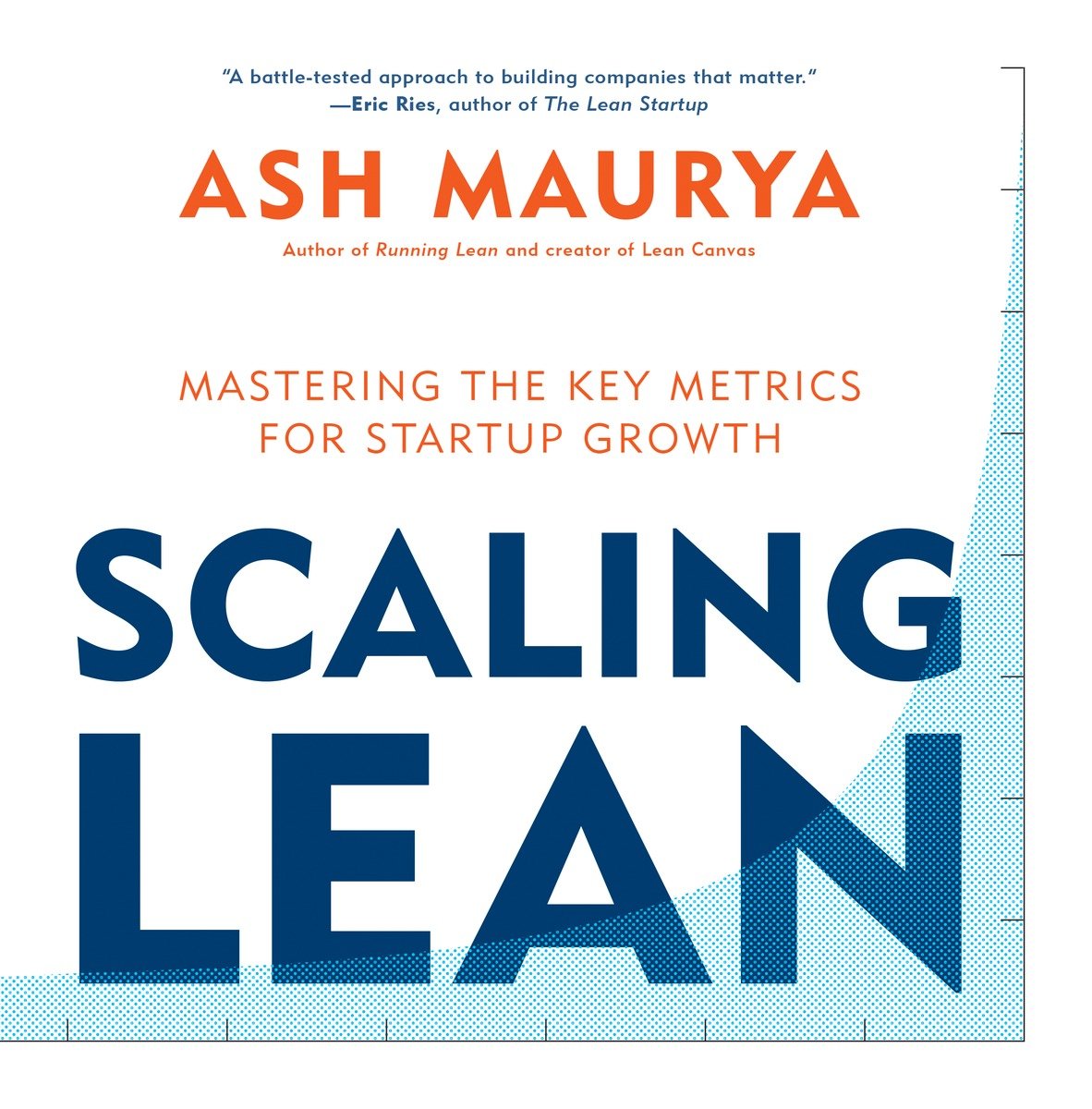
Metadata
- Author: Ash Maurya
- Full Title:: Scaling Lean
- Category:: 📚Books
- Finished date:: 2023-06-17
Highlights
Scale Starts with Metrics (View Highlight)
In God we trust. All others bring data.” —W. EDWARDS DEMING (View Highlight)
The problem with metrics is that while they can tell you what’s going wrong, they can’t tell you why. (View Highlight)
Mary intuits that she needs to slow down and refocus. She reorganizes her team into departments and assigns each one a set of core metrics tied to their performance and compensation structure (View Highlight)
This has an unintended effect. While these department-level key performance indicators (KPIs) were designed to drive focus and optimize for overall organizational throughput, they started having the opposite effect (View Highlight)
The Running Lean approach, like that of Eric Ries’s Lean Startup, is grounded in the scientific method and thus sees validated learning as the measure of progress. However, most stakeholders regard business results, not validated learning, as the measure of progress. So we end up building two different stories of our business. (View Highlight)
Scientists first build a model. Then they use experiments to validate (or invalidate) their model. (View Highlight)
Incorrect prioritization of risks is one of the top contributors to waste. (View Highlight)
Goldratt makes the case for visualizing the customer value stream not as one giant process, but rather as a system of interconnected processes (View Highlight)
At any given point in time, one of these links is going to be the weakest link or constraint in the system (View Highlight)
But what gets an investor’s attention above everything else is traction. If you walk into an investor’s office with the beginnings of a hockey-stick curve, they’ll sit you down and try to understand your business model (View Highlight)
It’s not enough to simply pick any convenient metric for the y-axis of your hockey-stick curve, one that conveniently happens to be going up and to the right, and pass it off as traction (View Highlight)
Using customer behavior trends and sales data,* Starbucks realized that time spent in their coffee shops correlated with more money being spent in their stores. In other words, time spent in a coffee shop was a leading indicator of traction. This was a key insight in Starbucks’s differentiated positioning of “creating a third space between work and home.” While other coffee shops drove you out once you made a purchase, Starbucks welcomed you in, and it paid off very well for them (View Highlight)